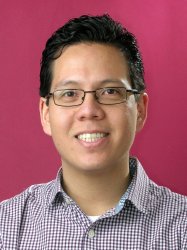BibTex format
@article{Clayson:2017:10.1016/j.hedp.2017.03.002,
author = {Clayson, T and Suzuki-Vidal, F and Lebedev, SV and Swadling, GF and Stehle, C and Burdiak, GC and Foster, JM and Skidmore, J and Graham, P and Gumbrell, E and Patankar, S and Spindloe, C and Chaulagain, U and Kozlova, M and Larour, J and Singh, RL and Rodriguez, R and Gil, JM and Espinosa, G and Velarde, P and Danson, C},
doi = {10.1016/j.hedp.2017.03.002},
journal = {High Energy Density Physics},
pages = {60--72},
title = {Counter-propagating radiative shock experiments on the Orion laser and the formation of radiative precursors},
url = {http://dx.doi.org/10.1016/j.hedp.2017.03.002},
volume = {23},
year = {2017}
}

